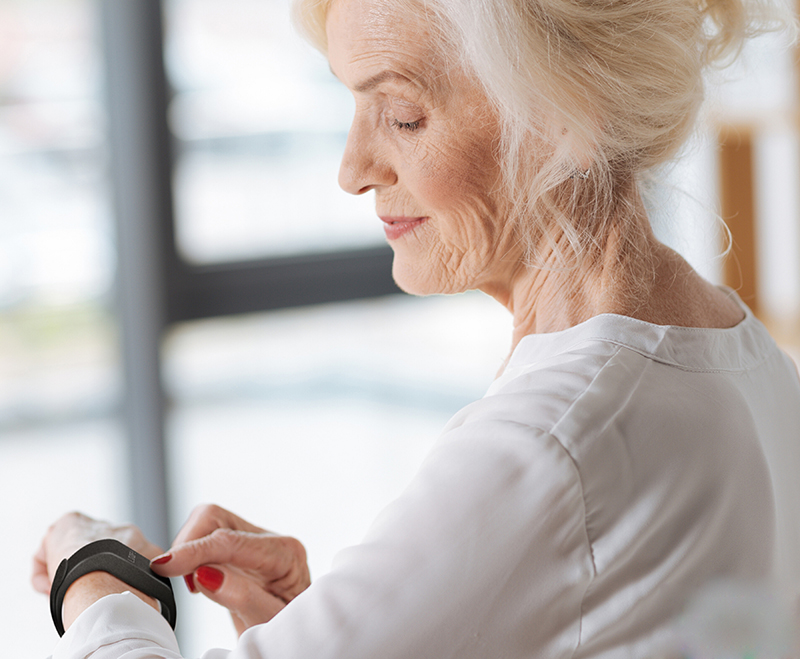Spry Health, a leader in health management technologies and remote patient monitoring, announced the launch of Loop Signal, a new clinician-led monitoring service utilizing the company’s proprietary FDA-cleared solution, the Loop System, to reduce avoidable hospital visits and to improve at home monitoring of patients confirmed, suspected, or at risk for COVID-19. The service is available immediately to healthcare provider and payer organizations across the United States.
Read more FDA Expands Use of Remote Patient Monitoring During COVID-19 Emergency
Through its wrist-worn wearable, the Loop System remotely tracks heart rate, pulse-oximetry (SpO2), and respiratory rate, ensuring that care teams can monitor the vitals deemed critical to assess COVID-19 severity, according to the recent World Health Organization guidance. Spry Health has demonstrated the efficacy of the Loop System through extensive clinical validation studies with the University of California, San Francisco (UCSF). It was cleared by the U.S. Food and Drug Administration in April 2019 as a tool for clinicians to remotely monitor their patients with chronic diseases, allowing them to detect early signs of deterioration. This simple-to-use wearable does not require any input or data from patients, and does not require a smartphone or app. The Loop System’s clinical dashboard aggregates data to easily identify patients at risk and prioritize care, reports Business Wire.

“After talking to dozens of healthcare leaders over the past few weeks, it is clear many organizations are nearing their maximum capacity due to the large influx of patients showing up to emergency departments, often without meeting the necessary criteria for testing set by the CDC,” said Pierre-Jean “PJ” Cobut, co-founder and CEO of Spry Health. “We want to help alleviate the daily stress these providers and organizations are facing, as well as provide peace of mind to patients and their families. Clinicians can focus on the patients that need critical care, while we help monitor high-risk populations and intervene in advance of an emergency when early signs of deterioration are detected. The last thing we need now is to continue to flood the ED with avoidable visits, and possibly increase exposure to COVID-19, when care can be delivered remotely in the patient’s home.”
Patients showing signs of deterioration are contacted by telephone, treated remotely when possible to avoid unneeded exposure, or triaged to the appropriate level of care in coordination with their local care team.
“Implementing a remote patient monitoring program allows us to extend our resources out into the community and directly to the individual,” said Steven Steinhubl, M.D., Director of Digital Medicine at Scripps Research Translational Science Institute. “Embracing remote, continuous monitoring can help us more safely and effectively care for everyone.”












